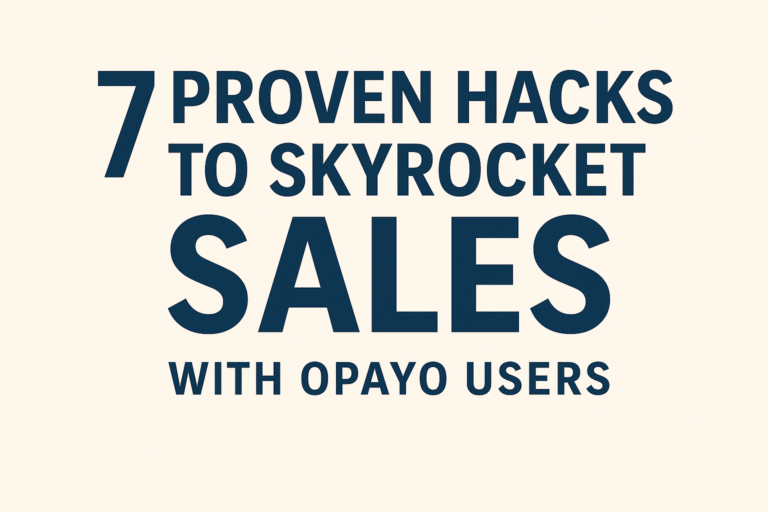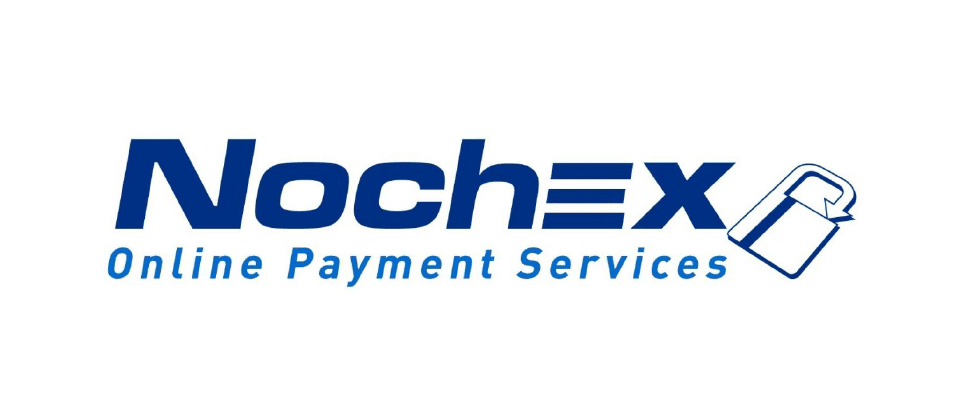Online selling has undeniably become the future of commerce, surpassing traditional retail as the leading method for purchasing products. You might be surprised at how easy it is to launch your own online store today! While setting up requires some initial effort, a well-managed online business can be highly profitable. Additionally, numerous guides and resources are available to help you navigate the process. That's why we're excited to share our insights on online selling with everyone interested in embarking on this lucrative journey.
Exploring Different Ways to Engage in Online Selling
- Exploring Different Ways to Engage in Online Selling
- Preparing for Online Selling Success
- Promoting Your Online Store
- Ensuring a Mobile-Friendly Online Store
- Pricing and Shipping Strategies for Online Selling
- Building Your Online Store
- Choosing the Right Payment Processor
- Enhancing Website User-Friendliness
- Selling Online Made Simple
- Conclusion
There are various avenues for online selling, each catering to different business needs and customer preferences:
- Personal Websites: Create your own e-commerce site to have complete control over your brand and customer experience.
- Marketplaces: Utilize platforms like eBay or Etsy to reach a broader audience without the need for extensive marketing.
- Social Media: Leverage platforms such as Facebook, Twitter, and Instagram to promote and sell your products directly to consumers.
- Mobile Apps: Use specialized apps that allow you to list and sell items seamlessly from your smartphone.
E-commerce is rapidly expanding, with consumers globally spending over $200 billion annually. This growth underscores the immense potential and opportunities available in online selling.
Preparing for Online Selling Success
Before diving into online selling, it's crucial to lay a solid foundation:
- Validate Your Product:
- Ensure your product meets market demand.
- Assess its value and potential profitability.
- Make necessary adjustments to enhance its sales appeal.
- Calculate Shipping and Delivery Costs:
- Determine shipping expenses based on your business model.
- Experiment with different shipping rates, such as offering free shipping on select items or varying delivery speeds, to find the most effective strategy.
- Optimize Store Visibility:
- Create a Memorable Website: Develop a user-friendly and visually appealing website. If web design isn't your forte, consider hiring a professional.
- Choose a Memorable Domain Name: Select a domain that is easy to remember and aligns with your brand.
- Ensure Mobile-Friendliness: Make sure your website is accessible and functions smoothly on mobile devices to cater to the increasing number of mobile shoppers.
Promoting Your Online Store
Effective promotion is key to attracting customers and driving sales:
- Leverage Social Media:
- Promote your products on platforms like Facebook, Twitter, and Instagram.
- Share engaging content, such as photos, videos, and customer testimonials, to increase visibility and interest.
- Provide Clear Product Information:
- Use high-quality images and detailed descriptions to inform customers about your products.
- Reduce post-purchase surprises by clearly explaining product features and benefits.
- Build a Community:
- Create dedicated pages or groups where customers can share their experiences and interact with your brand.
- Foster a sense of community to enhance customer loyalty and engagement.
Ensuring a Mobile-Friendly Online Store
With the rise of mobile shopping, ensuring your online store is mobile-friendly is essential:
- Responsive Design: Make sure your website adapts seamlessly to different screen sizes and devices.
- Fast Loading Times: Optimize your site for quick loading to prevent potential customers from leaving due to delays.
- User-Friendly Navigation: Design intuitive navigation that allows mobile users to browse and purchase products effortlessly.
While desktop shopping remains prevalent, the trend is shifting towards mobile devices. Focusing on mobile optimization is crucial for sustained e-commerce success.
Pricing and Shipping Strategies for Online Selling
If you already have a product, consider the following factors to enhance your online selling strategy:
- Competitive Pricing: Research competitors to ensure your prices are attractive. Overpricing can deter potential buyers.
- Shipping Costs: Keep shipping fees reasonable to avoid discouraging purchases. High shipping costs can significantly impact customer decisions, especially for price-sensitive products like clothing.
Including shipping costs in your product pricing or offering free shipping on certain items can boost customer confidence and increase sales.
Building Your Online Store
Creating an online store is more accessible than ever, thanks to a variety of tools and platforms:
- Website Builders: Utilize platforms like Shopify, Wix, or WordPress with e-commerce plugins to create your store without extensive coding knowledge.
- Static vs. Dynamic Sites:
- Static Sites: Simple and easy to manage, suitable for businesses with limited product offerings.
- Dynamic Sites: Feature-rich and interactive, ideal for businesses looking to offer a comprehensive shopping experience.
Choose the type of website that best aligns with your business needs and technical capabilities.
- Off-the-Shelf Solutions: If building a site from scratch seems daunting, consider using e-commerce hosts that provide ready-made solutions tailored to your business requirements.
Thorough research is essential to select the right platform that facilitates seamless interactions between buyers and sellers while integrating smoothly with third-party services like Amazon Prime.
Choosing the Right Payment Processor
Be cautious when selecting a payment solution for your online store:
- Avoid Overreliance on PayPal: While PayPal is a trusted and easy-to-set-up payment processor, it may not be the most cost-effective option for small businesses due to its fees and potential complexities.
- Explore Alternatives: Consider other payment gateways that offer lower fees, better integration options, and more flexible payment methods to enhance your customers' purchasing experience.
Enhancing Website User-Friendliness
Your website serves as your online storefront, making it imperative to ensure it's user-friendly:
- Intuitive Navigation: Design your site so customers can easily find products, use filters, and access contact information.
- Effective Search Functionality: Implement a robust search feature to help users quickly locate desired products.
- Promote Your Store: Utilize SEO, pay-per-click ads, and email marketing to increase your store's visibility and attract more customers.
- Track Marketing Effectiveness: Monitor metrics like cost per sale (CPS) to evaluate and optimize your marketing strategies.
Selling Online Made Simple
Online selling is an accessible and straightforward way to start a business:
- Low Initial Investment: With minimal costs for setting up a website and online presence, you can begin selling with just an internet connection and a computer.
- Niche Markets: Focus on specific niches with low competition to establish a strong presence and attract dedicated customers.
- Diverse Product Availability: Access a wide range of products, including unique and rare items, through various online platforms.
Conclusion
The surge of social media networks like Facebook, Instagram, and Twitter has made online selling more accessible than ever. Whether you're launching a new product or expanding your existing business, these strategies can help you navigate the e-commerce landscape and achieve success in online selling.














